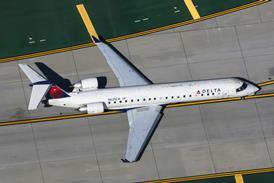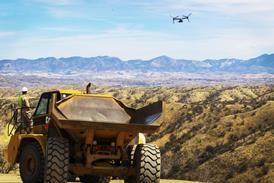TIM FURNISS / LONDON
Crack problem absorbs NASA: faulty welding rather than age the main suspect
The Space Shuttle fleet has been grounded until at least mid-September as work continues to determine the nature of the cracks found in the liners of the liquid-hydrogen pipes in the main engine area on each of the four orbiters.
The cause of the cracks in the stainless steel liners on the orbiter Columbia and Iconel alloy liners on Atlantis, Discovery and Endeavour are not related to the age of the hardware nor cumulative flight hours, says NASA. Instead, the agency says they could have been caused by faulty welding during the installation of the flow liners.
The cracks are unlikely to be related to the age of the orbiters, which ranges from 11 to 21 years, says NASA.
Three cracks have been found on each of Columbia's number two engine pipe and the number one engines on Atlantis and Discovery, and one each on number one and two engines on Endeavour. The cracks measure from 2.5mm (0.1in) to 7.62mm long.
NASA's main concern is the potential for small pieces of metal to be ingested into the engines. The agency will not fly any vehicles "until we're satisfied that we understand this problem", says Ron Dittemore, programme manager.
It will take at least until the end of this month for the investigation phase to be completed. If and when a decision is made to repair the liners, it will take a minimum of seven weeks to complete. If new parts are required, the orbiters will be grounded for several months as there are no flight spares.
The STS 107 Freestar science mission to be undertaken by Columbia will be delayed until at least one International Space Station mission, STS 113/Endeavour, has been launched.
Meanwhile, NASA's Inspector General (IG) says the agency is failing to closely watch every step of the safety procedures of prime Space Shuttle contractor United Space Alliance as required by the contract with the company. The IG stresses, however, that no specific adverse safety issues have been identified.
NASA says it has improved the estimated risk of a catastrophic failure during a Space Shuttle launch from 1:78 in 1986 - the year of the Challenger accident - to 1:556.
Source: Flight International























